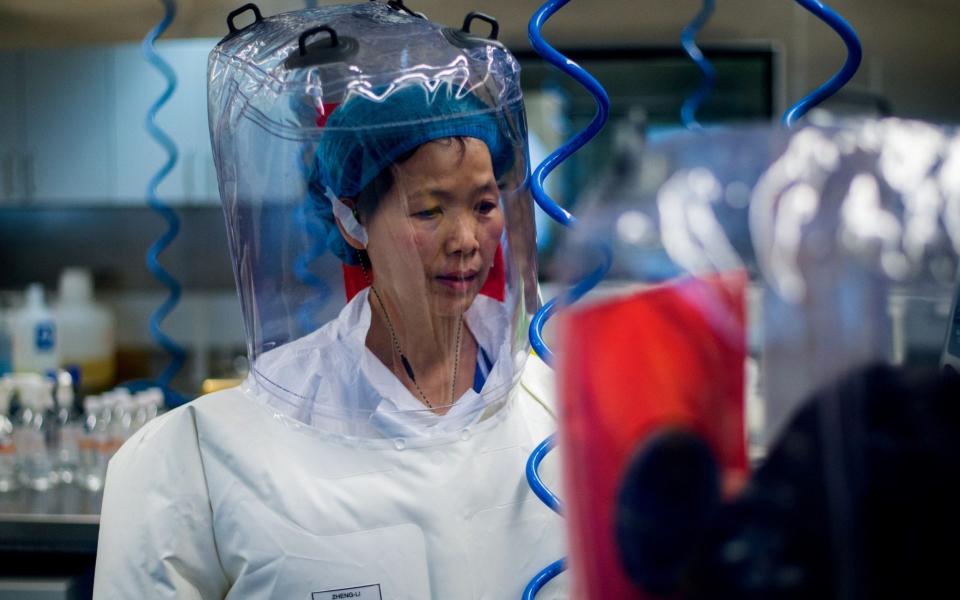Wuhan scientists planned to release coronavirus particles into cave bats, leaked papers reveal

Wuhan and US scientists were planning to release enhanced airborne coronavirus particles into Chinese bat populations to inoculate them against diseases that could jump to humans, leaked grant proposals dating from 2018 show.
New documents show that just 18 months before the first Covid-19 cases appeared, researchers had submitted plans to release skin-penetrating nanoparticles and aerosols containing “novel chimeric spike proteins” of bat coronaviruses into cave bats in Yunnan, China.
They also planned to create chimeric viruses, genetically enhanced to infect humans more easily, and requested $14million from the Defense Advanced Research Projects Agency (Darpa) to fund the work.
Papers, confirmed as genuine by a former member of the Trump administration, show they were hoping to introduce “human-specific cleavage sites” to bat coronaviruses which would make it easier for the virus to enter human cells.
When Covid-19 was first genetically sequenced, scientists were puzzled about how the virus had evolved such a human-specific adaptation at the cleavage site on the spike protein, which is the reason it is so infectious.
The documents were released by Drastic, the web-based investigations team set up by scientists from across the world to look into the origins of Covid-19.
In a statement, Drastic said: “Given that we find in this proposal a discussion of the planned introduction of human-specific cleavage sites, a review by the wider scientific community of the plausibility of artificial insertion is warranted.”
The proposal also included plans to mix high-risk natural coronavirus strains with more infectious but less dangerous varieties.
The bid was submitted by British zoologist Peter Daszak of EcoHealth Alliance, the US-based organisation, which has worked closely with the Wuhan Institute of Virology (WIV) researching bat coronaviruses.
Team members included Dr Shi Zhengli, the WIV researcher dubbed “bat woman”, pictured below, as well as US researchers from the University of North Carolina and the United States Geological Survey National Wildlife Health Centre.

Darpa refused to fund the work, saying: “It is clear that the proposed project led by Peter Daszak could have put local communities at risk”, and warned that the team had not properly considered the dangers of enhancing the virus (gain of function research) or releasing a vaccine by air.

 Yahoo Autos
Yahoo Autos 